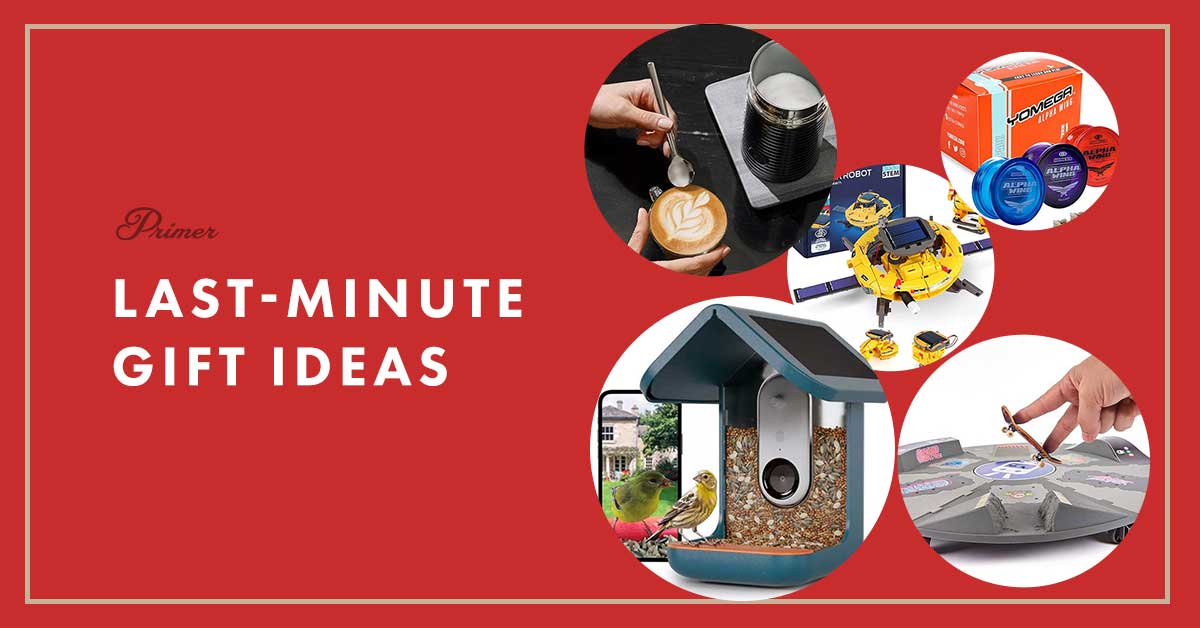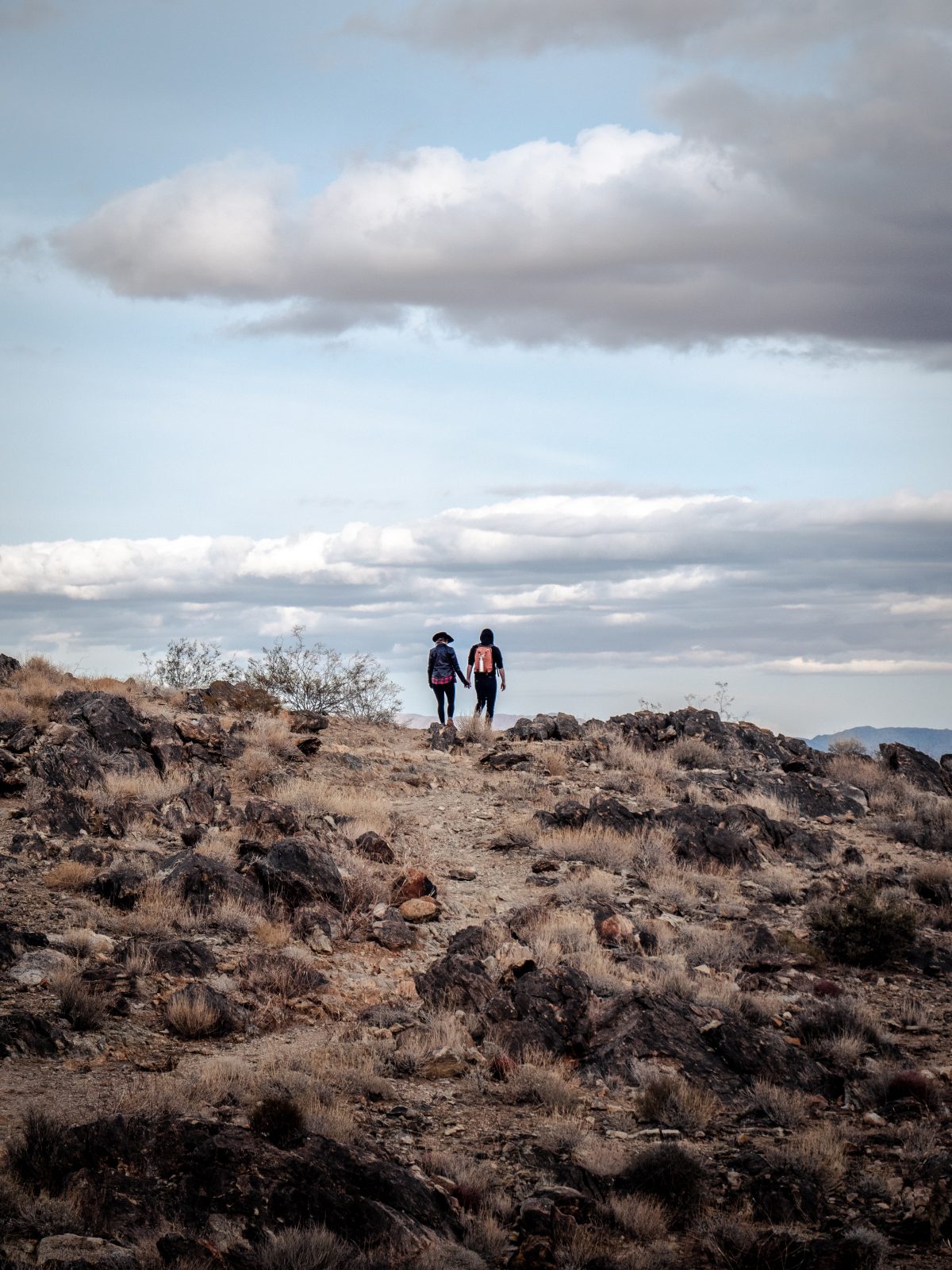In the midst of chaos and hurt, equanimity can help us discover an inner stillness. The post The Gift of Equanimity appeared first on Tricycle: The Buddhist Review.

The Pali/Sanskrit word “equanimity” finds a number of different translations that endeavor to capture its meaning: “to look over,” “to be a guardian of,” to see with patience and as standing in the middle of life with a boundless poise and balance. Some refer to equanimity as a spacious stillness of the heart. In the early texts, equanimity at times is used synonomously with nibbana, or “unshakeable liberation.” Equanimity does not leave kindness, joy, or compassion behind but is imbued with these qualities which rescue it from indifference or coldness. Like kindness, joy, and compassion, equanimity is not a state but describes a relational way of being with life that rests upon a profound understanding of the intrinsic nature of change, unpredictability, and nonself that is at the heart of all events and experience. In the midst of all of this, the heart can abide, fully liberated from the greed, hatred, and delusion that create suffering and despair.
We already stand in the midst of this life; there is no other place we can stand. We can imagine ourselves at the center of a mandala, surrounded by those we love, those we struggle with, and the countless beings we do not know. We can visualize ourselves surrounded by the “ten thousand joys and sorrows” that touch every human life. Casting our minds back over the past, we sense the river of events that has brought us to this present moment in our lives—the people we have loved and lost, the delights and the disappointments, the acts we have done and left undone, the highs and the lows that have all been part of the fabric of our lives. We look to the future and know the only certainty is our dying; we do not know when or how. We do know we will be asked to engage with this life. We have no power to predict what difficulties and joys the future or even the next moment will bring.
We return to the knowledge that all we are now is the outcome of all we have been and all we have experienced in the past, and the knowledge that all we will be in the future will be the outcome of who and how we are now. Equanimity is not a future state or attainment but a way of engaging with all that this present moment is revealing. Sowing the seeds of equanimity rooted in a deep understanding of the nature of life, we are a participant in shaping our present-moment heart, which is the mother of the next moment.
Widening the field of our attention and concern, we sense all of those around us, those known and unknown, who also stand in the center of their own mandala, at times intersecting with our own and other times never to be known to us. Yet all of our mandalas intersect in the human story of vulnerability, of aging, sickness, and death. We share the human story of a mind possessing the possibility of vast depths of compassion and understanding and the possibility of great despair, fear, and confusion. We share the human longing to be free from pain and sorrow even as we know that our lives will continue to be touched by pain and sorrow. Our human mandalas intersect in our longing to be happy and safe even as we know this cannot always be so. Our worlds intersect in our longing to protect those we love from distress and loss, even as we know that is beyond our power. Equanimity knows the great capacity to embrace this paradox.
The Buddha speaks of untangling the tangle in the Jata Sutta:
A tangle within
A tangle without,
People are entangled in a tangle.
Gotama, I ask you this:
Who can untangle the tangle.
[The Buddha:] A person established in virtue,
Developing discernment and mindfulness,
Ardent and clear.
They can untangle this tangle.
Those whose passion, aversion, and ignorance
Have faded away.
For them, the tangle is untangled.
We look at the world around us with all its conflicts, cruelty, and human suffering. We stand at the edge of an abyss as our planet and climate are affected by insatiable human consumption. We see the countless lives affected by clashing ideologies and beliefs. The tangle of confusion and conflict seems endless. We look closer to our own families and relationships with their potential for alienation, misunderstanding, and conflict—the tangled knots of hurt. We know we cannot fix it all. We understand the pressing need to bring as much kindness and compassion to the tangles we find ourselves in as possible. We learn that our insistence that life, other people, and ourselves be other than they are has the immediate effect of intensifying the tangle. We can begin to discover an inner stillness and poise in the midst of chaos. This is the gift of equanimity.
?
From Boundless Heart: The Buddha’s Path of Kindness, Compassion, Joy, and Equanimity by Christina Feldman © 2017. Reprinted in arrangement with Shambhala Publications, Inc. Boulder, CO.
This article was originally published on January 6, 2023.
The post The Gift of Equanimity appeared first on Tricycle: The Buddhist Review.

















